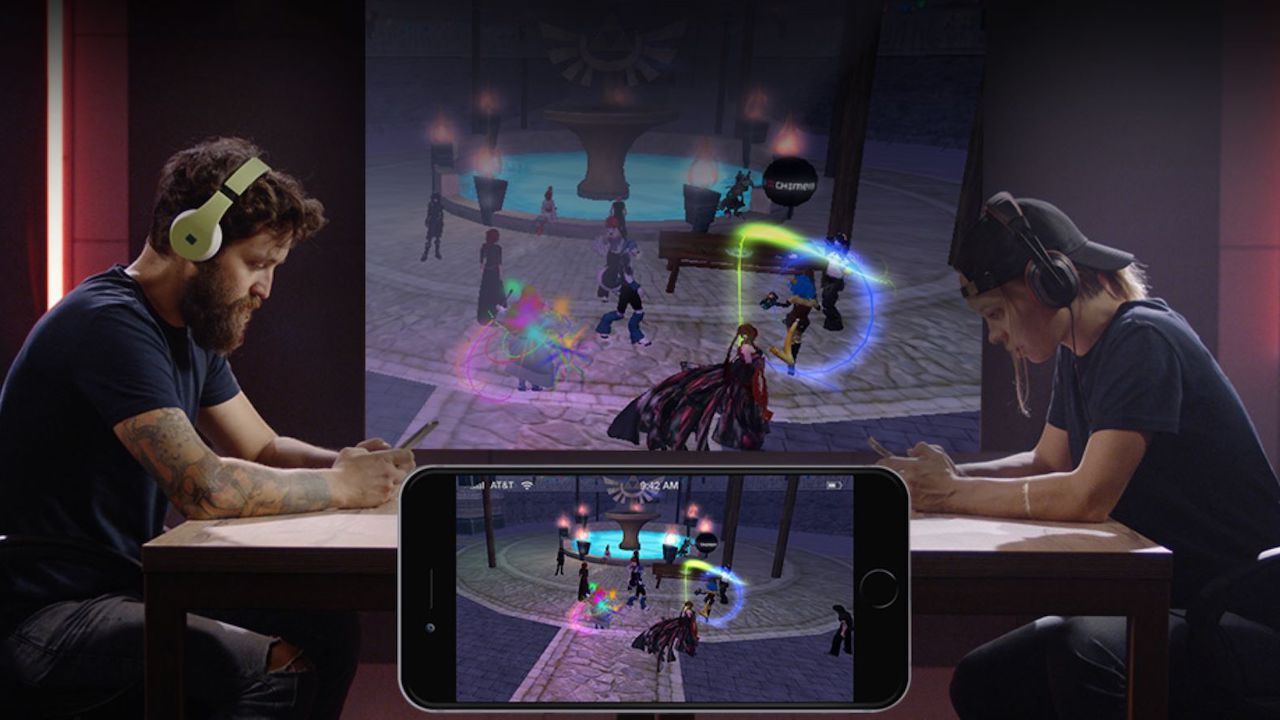How to Amp Up Your Visual Storytelling
With new technologies, creative storytelling no longer requires specialized technical expertise. Here are some ways you can improve your video productions by leveraging readily accessible and sometimes free-to-use software tools.

When selecting a protocol, platform, or any type of connective digital fabric for your technology ecosystem, the goal should be to democratize the use of the workflow. The system should be as inclusive as possible, to enable anyone to boost their visual storytelling smoothly. With the correct protocol in place for AV transport, a creator can add live production systems, computers, cameras, mobile applications, or commonly used PC software to their work—and know it will all connect on one easy-to-use type of infrastructure.
With those needs met, what more specific trends do the latest protocols/platforms/connective fabrics accommodate? Let’s take a look—and in the process, see what steps can be taken immediately to improve visual storytelling.
Related: The Technology Manager's Guide to Distance Learning and Streaming
IP is the Present
As we’ve seen across many industries, the move to AV over IP is mostly settled. The benefits of IP-based transport of video and audio signals—cost, management, scalability—are simply too impressive to ignore. Thus, a solution built on IP is almost assuredly your best option for developing a creative visual storytelling workflow.
Mobile Capabilities
By utilizing standard network infrastructure, you immediately open up opportunities for integration with devices commonly used in your daily life. Video and audio content from smartphones and tablets, for example, now commonly makes its way into international news stories.
There are now purpose-built mobile applications that optimize the cameras on these devices to be used as a live source for multi-camera live production systems. Applications also exist that turn displays on such devices into real-time, full-frame-rate, and high-resolution live inputs to live production systems. This means live camera sources, presentations, animations, games, and other visual applications can now quickly become part of live productions.
Again, this is thanks to easy-to-adopt, network-connected media transport protocols. Protocols have been enhanced that work even on low-bandwidth public internet and wireless networks with low latency.
A daily selection of features, industry news, and analysis for tech managers. Sign up below.
Your GPUs’ New Potential
These same protocols are also compatible with an increasing number of video and streaming formats. Graphics processor units (GPUs) are no longer just the domain of personal computers. Smartphones and tablets now also include some type of GPU integration. There are media protocols that use single and multiple GPU components to increase video playback performance.
What does this mean for the creator? In the past, capturing content from a computer required specialized recording systems. Now, there are media protocols that are sophisticated enough to take streams from networks, package them as files, and store them with no CPU usage. This means creators can record any number of IP streams and extend this to time-locked ISO recording—even across multiple systems in different locations. These time-stamped files can be imported into editing applications such as Adobe Premiere for easy multi-cam editing with no additional tools necessary.
Interoperable Hardware
The most advanced media protocols include application programming interfaces and software development kits (SDK) that extend and customize various implementations. The expanding universe of the Internet of Things includes more video integration aside from obvious devices, such as PTZ cameras. Such devices often use embedded processing using FPGAs. Media protocol SDKs can support FPGA encoding and decoding across platforms for access to media streams, instant routing, and more.
This capability offers one undeniable use: video game streaming. As the intersection of video and gaming becomes more intertwined, media protocol SDKs can support gaming platforms such as the Unreal Engine from Epic Games. Including video inputs and outputs over IP enables the next generation of augmented reality and virtual reality elements into games and other applications.
More Stories, Better Told
Everybody has a story to tell, and video is a powerful medium to accomplish this. The changing picture of technology deployment has brought forth new creative possibilities that no longer require specialized technical expertise to acquire and deliver visual content from and to screens of all types.
Best of all, many of these capabilities can be leveraged immediately through readily accessible and sometimes free-to-use software tools. That means all you have to do to boost your visual storytelling today is to unleash your creativity!
Matthew Allard is senior product marketing manager at Vizrt Group.
Matt Allard is product marketing manager for NewTek. With 35 years of digital media product marketing and management experience, Allard has an established record with some of the leading IT and digital media technology companies in the world. At NewTek, Allard helps lead the discussion on the end-to-end, all-IP live video workflow and the enabling technology behind it: NDI.

